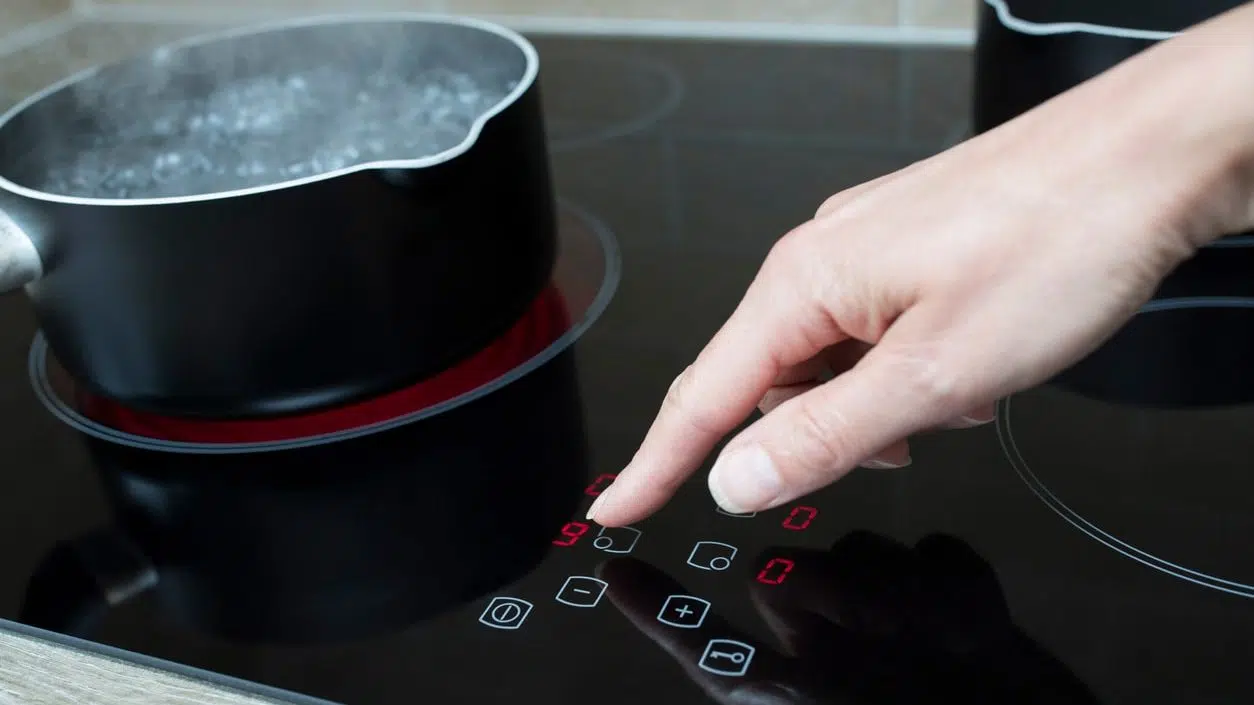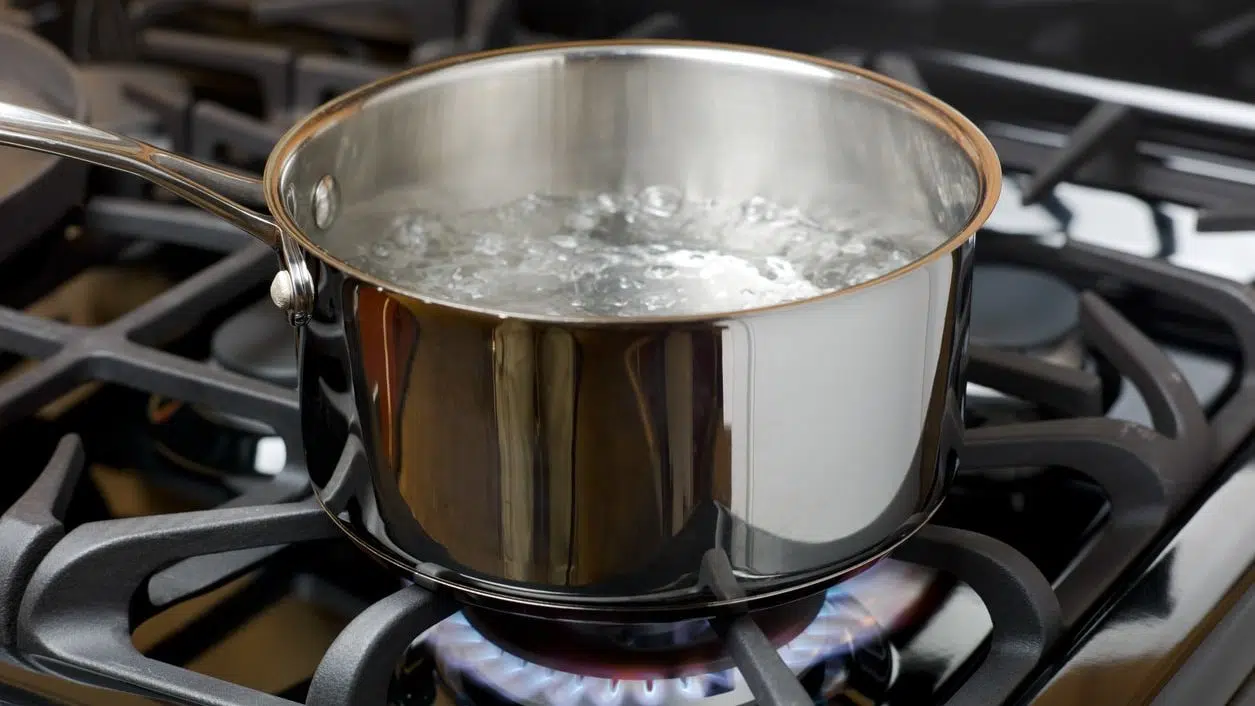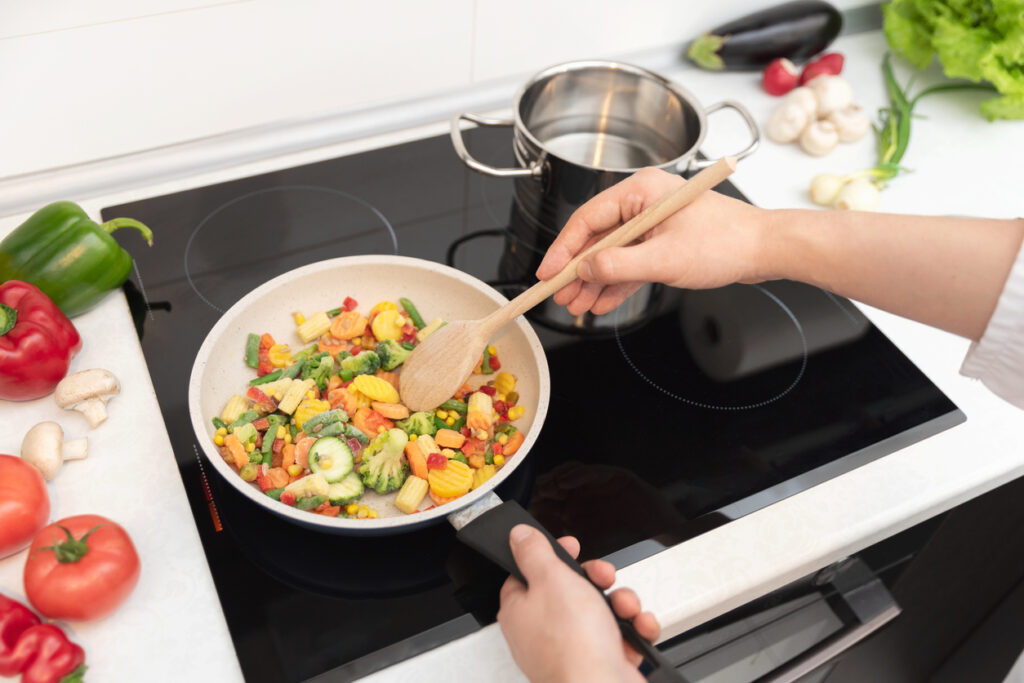Induction vs. Gas Cooktops
Few things transform your kitchen experience, like a new cooktop. Over time, our taste, talent, and culinary style evolve, and what you cook on is as important as what you cook with. Induction cooktops have been blazing a trail in the remodeling industry and rivaling gas appliances for star status. If you’re considering an upgrade but unsure if gas or induction cooking is best for you, we’re here to help!
What is Induction Cooking?
These glass-ceramic cooktops use electric currents to transfer heat directly to pots and pans through magnetic induction, rather than heating the cooking surface then passing it on to the cookware. This type of transfer provides ultra-rapid heating and responsive temperature control.

Pros and Cons of Induction
Pros
Child-friendly. Heat transfers magnetically to the pan rather than the cooktop, so the surface quickly cools when the pan is removed.
Easy to clean surface. A smooth surface and lack of heating elements, grates, and drip pans make clean-up a breeze.
Energy-efficient and cost-effective. There are long-term savings, with roughly 80-90% of the heat energy being transferred directly to the cookware rather than the entire space around it.
Cons
Higher upfront cost. The initial investment is higher than gas.
Specific cookware is necessary. Only pots and pans with magnetic bottoms containing steel and iron will work. You can always test your current cookware with a magnet to see if it sticks.
Requires electricity. If the power goes out, so does your cooktop.

Pros and Cons of Gas
Pros
Reliability. As long as you are connected to a gas line or have a full tank, your cooktop will function even in a power outage.
Choice of cookware. Magnetic bottoms are not required.
More visual. The flame offers a visual guide to the intensity of the heat.
Cons
Safety. Gas and open flame offer specific challenges not experienced with induction cooking.
Gas Supply. If a gas supply doesn’t already exist, the installation will be more expensive.
Higher long-term cost. While the price of the appliance may be lower, gas is significantly less efficient over time. Compared to inductions 80-90% energy transfer, gas converts approximately 38% to the food in your pan.
When you’re ready to gift yourself a fabulous new cooktop, we would love to collaborate! With Callier & Thompson, you know that the upgrades you choose not only fit your cooking style but are worth the investment. Contact us for a consultation today!

